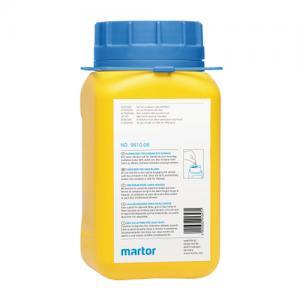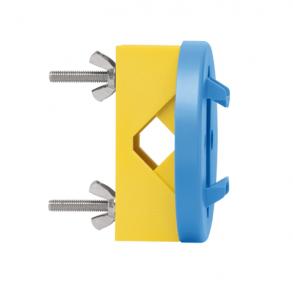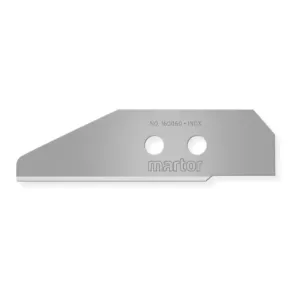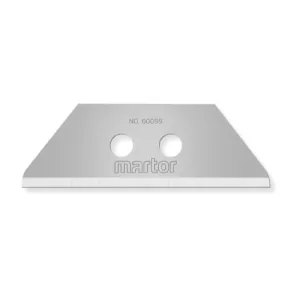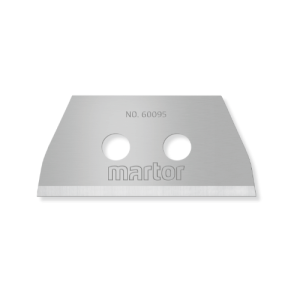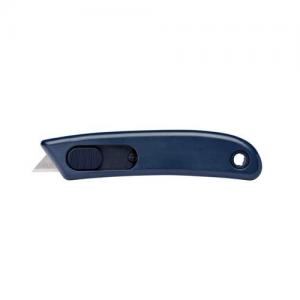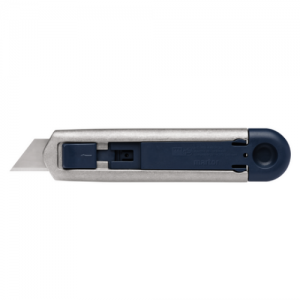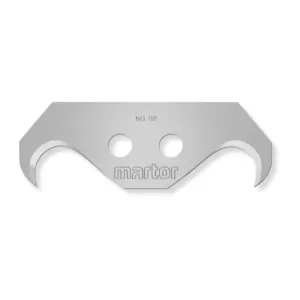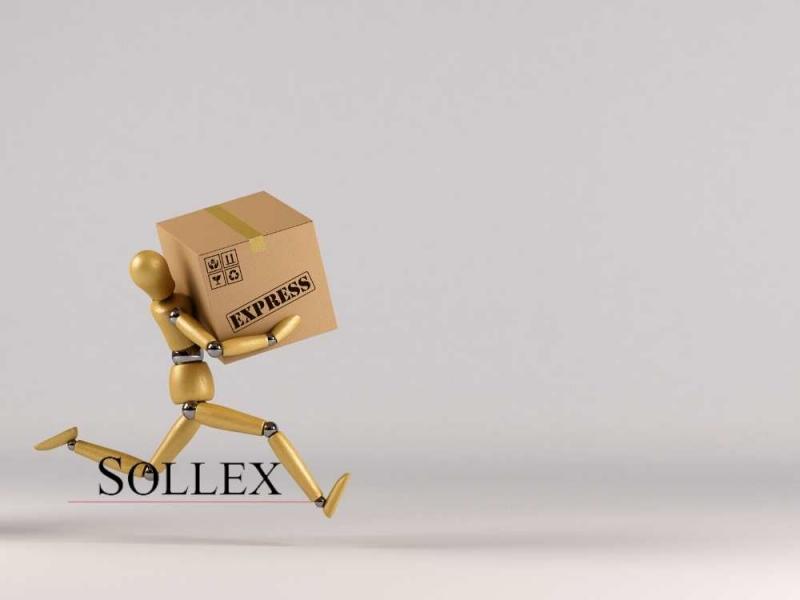5 Tips for Safe Handling of Knives & Blades in Production
How do you handle knives and blades safely in production (especially food)? Beyond choosing safe knife models, plants need clear procedures for blade disposal, tool accountability, detector/X-ray calibration, tool personalization, and staff training. These practices reduce foreign-object risk, improve hygiene, and prevent injuries on the line.
 First of all, it is important to mention the collection and recycling of used knife blades and knives. It is mandatory to install special secure containers for the collection of used knife blades ( ex. Martor container for used blades 9810.08 ) in a visible location, e.g., securely attached to a wall ( ex. wall mount for Martor container for used knife blades 9810). Such special containers have a thin hole at the top, into which the used knife blade is inserted, and even if the container is accidentally tipped over, the knife blades will not fly in different directions. When the container is full, it is closed, and the used blades are safely sent for recycling.
First of all, it is important to mention the collection and recycling of used knife blades and knives. It is mandatory to install special secure containers for the collection of used knife blades ( ex. Martor container for used blades 9810.08 ) in a visible location, e.g., securely attached to a wall ( ex. wall mount for Martor container for used knife blades 9810). Such special containers have a thin hole at the top, into which the used knife blade is inserted, and even if the container is accidentally tipped over, the knife blades will not fly in different directions. When the container is full, it is closed, and the used blades are safely sent for recycling.
Secondly, it is appropriate to keep a record of the number of knife blades issued to an employee at the beginning and end of the day or shift, which will help identify cases where knives and knife blades are "lost" on the premises.
 There is also an important concept, such as the sensitivity of a metal detector or X-ray machine. The detection of knives, blades, parts, and small pieces always depends on the quality of the former and the settings of your metal detectors. To calibrate them as accurately as possible, we recommend testing everything beforehand. Before distributing safety knives to employees in the workplace, it is advisable to run test variants through the detectors to check and adjust the sensitivity of the X-ray machine and then repeat this regularly.
There is also an important concept, such as the sensitivity of a metal detector or X-ray machine. The detection of knives, blades, parts, and small pieces always depends on the quality of the former and the settings of your metal detectors. To calibrate them as accurately as possible, we recommend testing everything beforehand. Before distributing safety knives to employees in the workplace, it is advisable to run test variants through the detectors to check and adjust the sensitivity of the X-ray machine and then repeat this regularly.
Personalization of hand knives by putting a label with the person's name on the knife, using different colors for different hygiene areas, and using “yoyo” or knife cases with a belt will help staff to have control over their cutting tools during the shift.
In addition, regular lectures on safety rules when using sharp tools will help create a safe working environment for staff and prevent workplace accidents.
Safety checklist for production sites
-
Install dedicated blade-disposal containers at point-of-use (wall-mounted, narrow slot, tamper-safe).
-
Log issuance/return of knives/blades per person and per shift.
-
Calibrate metal detectors/X-ray with your actual knives, blades, and spare parts; re-test on a schedule.
-
Personalize tools (name labels, serials) and color-code by hygiene zone; use lanyards/yo-yos/holsters.
-
Provide PPE and training (safe holds, pass-off, cutting technique, blade change & disposal SOPs).
-
Run audits: missing-tool checks, container fill checks, and detector validation reports.
Knife safety in production isn’t just about the tool, it’s the system: safe disposal, accountability, detector validation, personalization, and regular training. Plants that implement these steps reduce injuries and foreign-object incidents while maintaining hygiene and uptime. Sollex can recommend metal-detectable safety knives, disposal containers, and blades tailored to your SOPs. If you are interested in purchasing safety knives and need help choosing the right knife and suitable knife blades, please send an email order@sollex.se or call +4635-15 75 00.
FAQ
Q: What is the safest way to dispose of used blades in production?
A: Use wall-mounted, tamper-safe blade containers with a narrow slot; seal and send for approved recycling when full—never use improvised jars or boxes.
Q: Why should we track knife and blade issuance per shift?
A: Issuance/return logs help find missing tools quickly, reduce foreign-object risks, and prove due diligence during audits.
Q: How often should we test metal detectors or X-ray systems for knives/blades?
A: Set a validation schedule (e.g., start of shift and changeovers) using the actual knives/blades and smallest fragments you must detect.
Q: Do personalization and color-coding really help?
A: Yes, names/serials and zone colors improve hygiene control, prevent cross-zone tool movement, and speed investigation of missing items.
Q: What training reduces knife-related accidents?
A: Teach safe grips and passing, correct cutting technique, blade-change and disposal SOPs, plus PPE use; refresh regularly and audit compliance.


